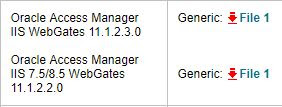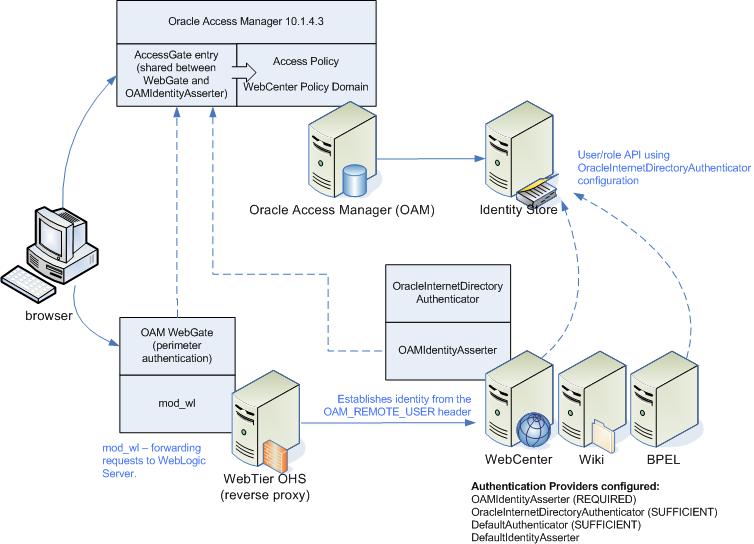OAM webgate installation with Microsoft IIS 7 server

Webgate installation and configuration for IIS server For OAM 11.1.2.3 version refer this Oracle doc/Admin guide for Configuring IIS for 10g webgate Creating OAM webgates and Parameters refer this doc Here is the download link for 11g webgate for OAM 11.1.2.3 and see the two versions of 11g webgate available for IIS, the first one is for OAM 11.1.2.3 and second one is for OAM 11.1.2.2 Here is the link for Silent installation of 11g webgate For OAM 11.1.2.1 version and 11g webgate follow the steps in Installing and Configuring IIS 11g webgate Ensure that IIS server has been installed and make sure you can access it via http/url where you can see the IIS7 or IIS8 splash screen (which indicates the IIS server is installed and accessible). Note: After webgate has been installed and configured then when you access this IIS http/url you will get the OAM login screen for authentication/username/password. Upon successful authentication you will be redirected to the


